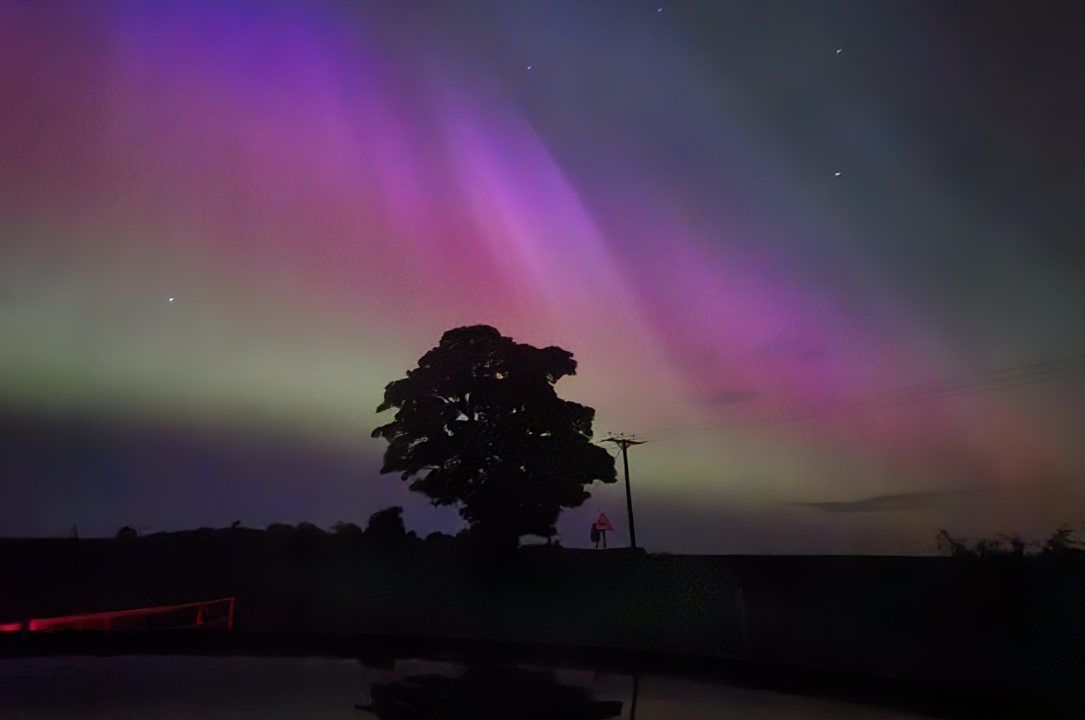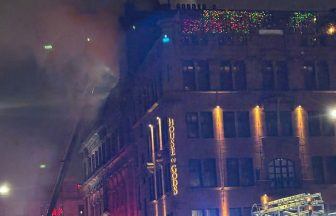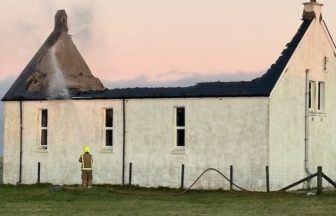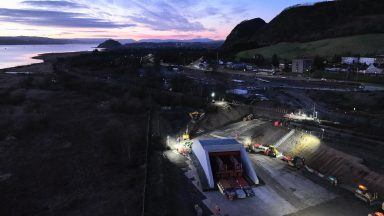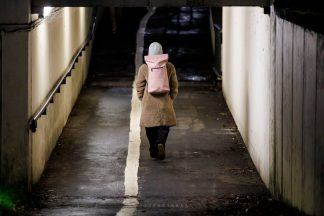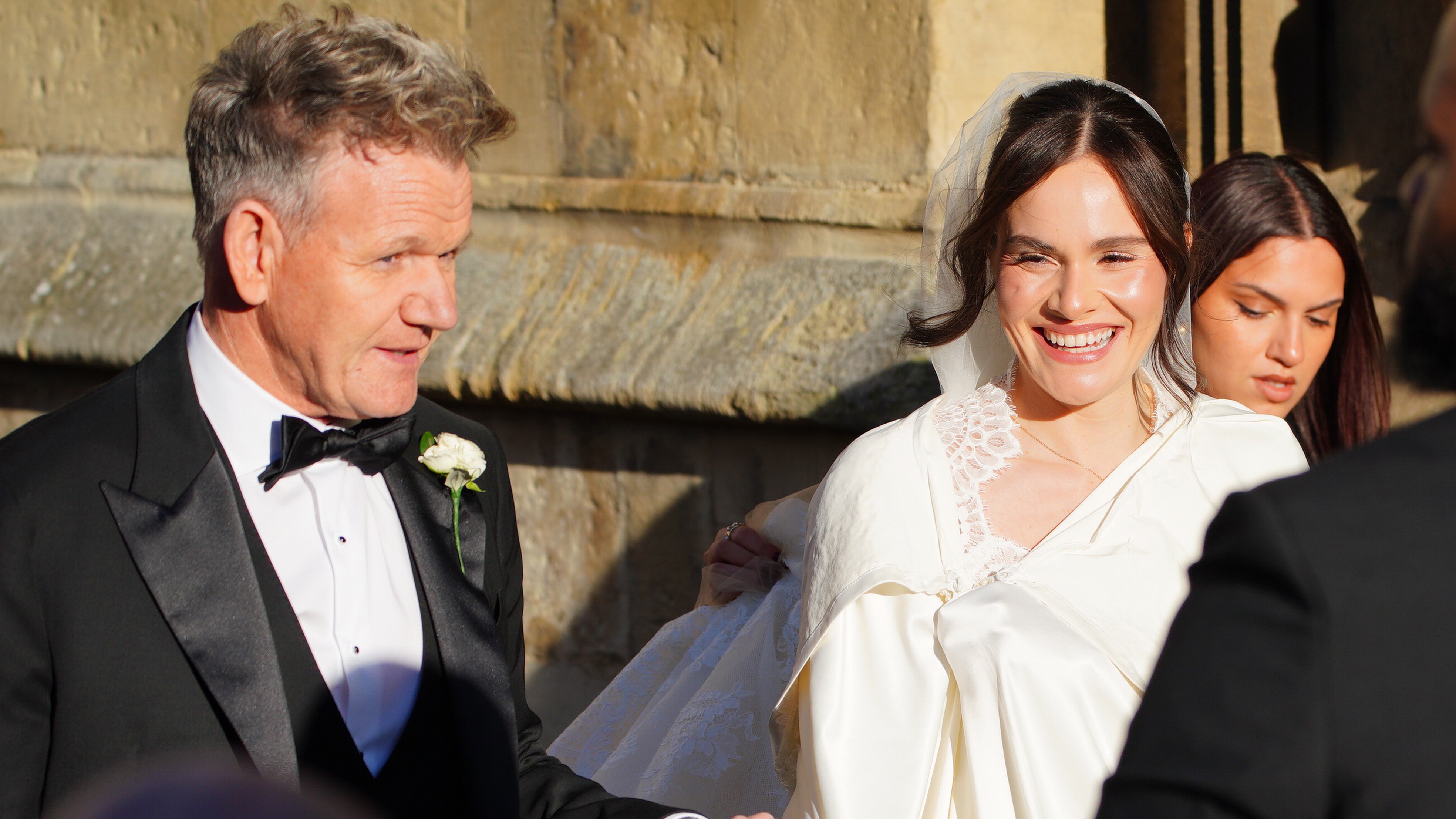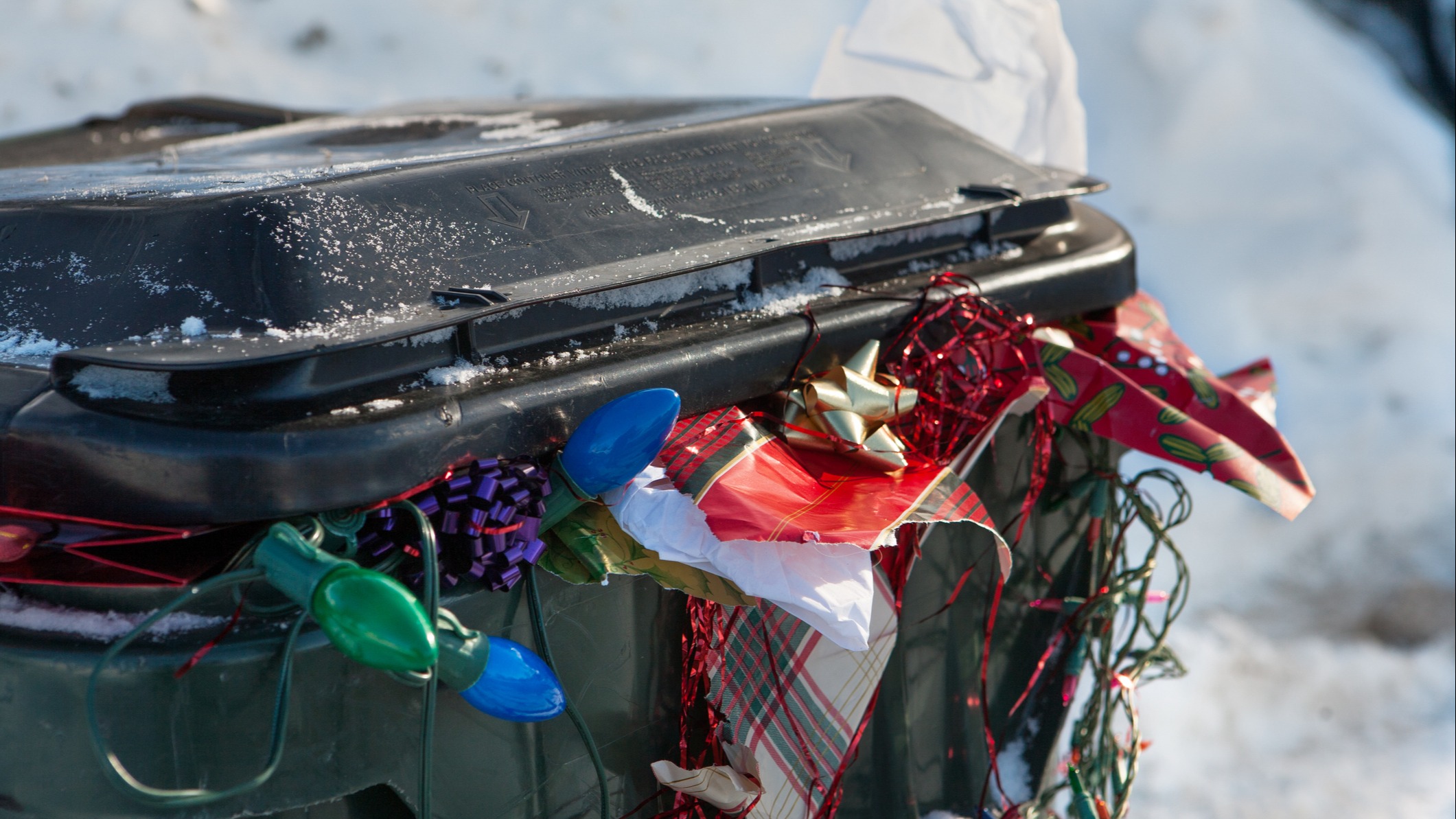The sun is going through a very active phase at the moment with sunspots bubbling away – what you could call the sun’s warmer phase.
The sun goes through 11-year solar cycles with warmer and cooler phases, but this year and next will be where the sun reaches its current peak in activity before it starts a slow decline to a minimum in several years time.
It’s during the peaks and warmer phases where sunspots appear and occasionally these explode sending high speed particles into space which rush past the planets in its path, and for earth, lighting up our skies with displays we know as the aurora.
We had a huge explosion from the sun which was directed straight at earth a few weeks ago, which led to the amazing displays we saw on May 10 and 11.
Activity has remained higher than usual and a flare from the sun on Friday has allowed another rush of particles to head our way, which should reach earth tonight with another chance of seeing the Northern Lights.
Activity levels hit the highest possible level ‘storm G5’ during the last display earlier in the month and that’s why it was visible over Spain – it was so powerful. Tonight will be nowhere near those levels, but G1-G2 storm levels are likely at times with a possibility of stronger pulses at G3.
The best time to view the aurora is generally after midnight, but because we’re so far north our skies are now becoming lighter as we head towards the summer solstice. So any display will be quite short-lived as skies start to lighten again just before 4am.
There is a possibility that the sunspot that brought us that huge flare a few weeks ago will come back around the sun in a few weeks time as the sun takes about 27 days to do a full rotation. This means it could also bring back another mega flare, but by then we’ll be just days away from the solstice and skies will be at their lightest point, which means reduced chances of seeing it even if there is a lot of activity in the sky.
But because the sun’s activity remains elevated through 2024 and 2025 there should still be plenty of time to catch the Northern Lights in the coming winters.
Follow STV News on WhatsApp
Scan the QR code on your mobile device for all the latest news from around the country


